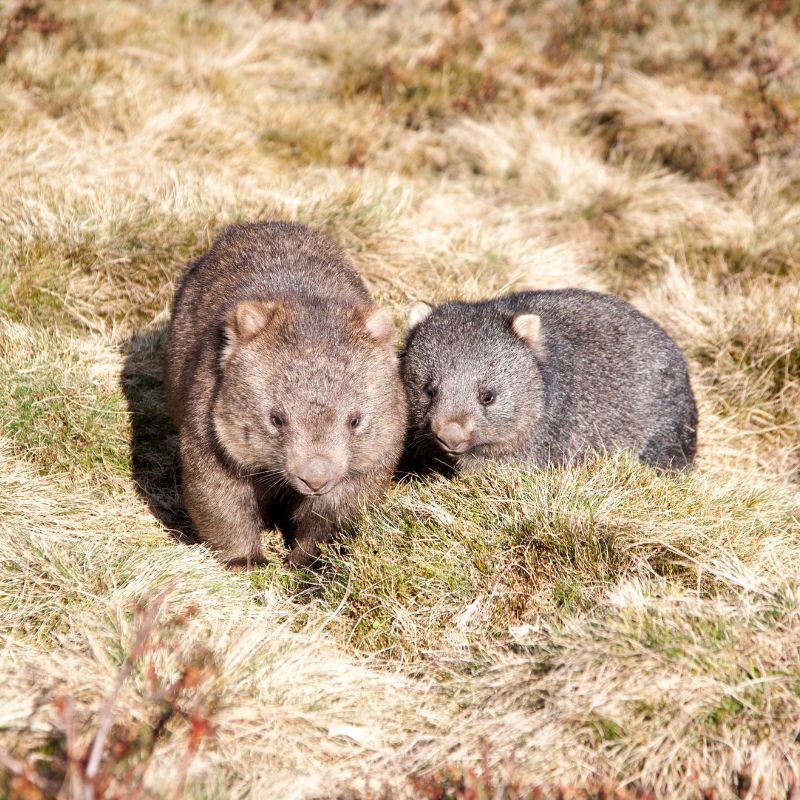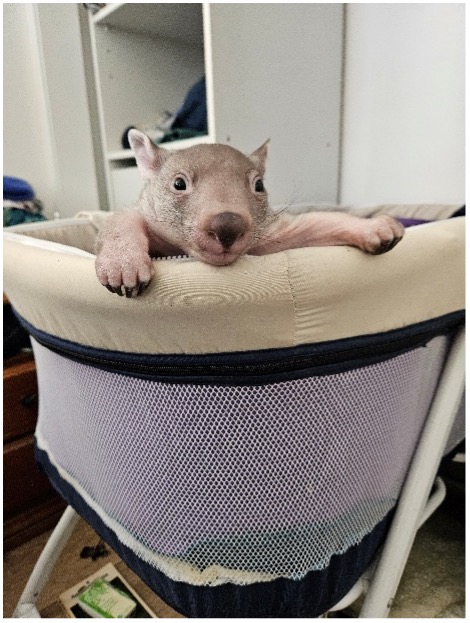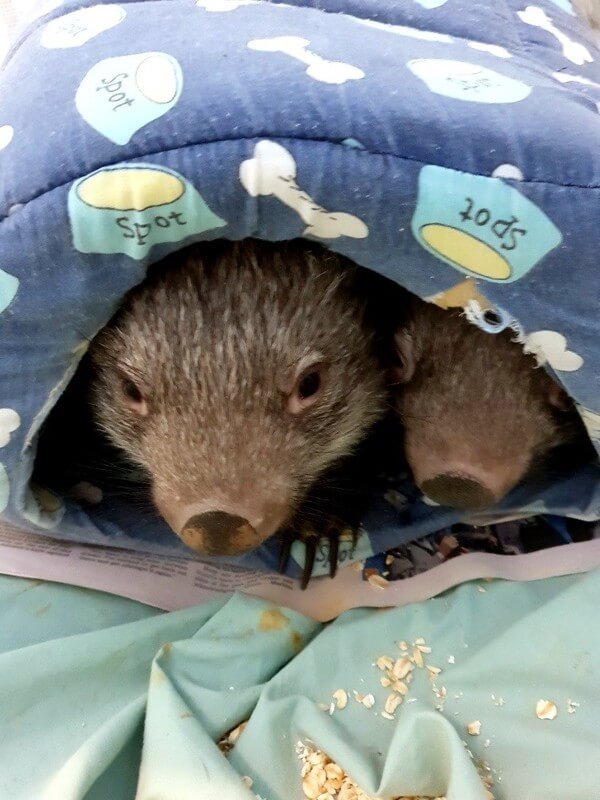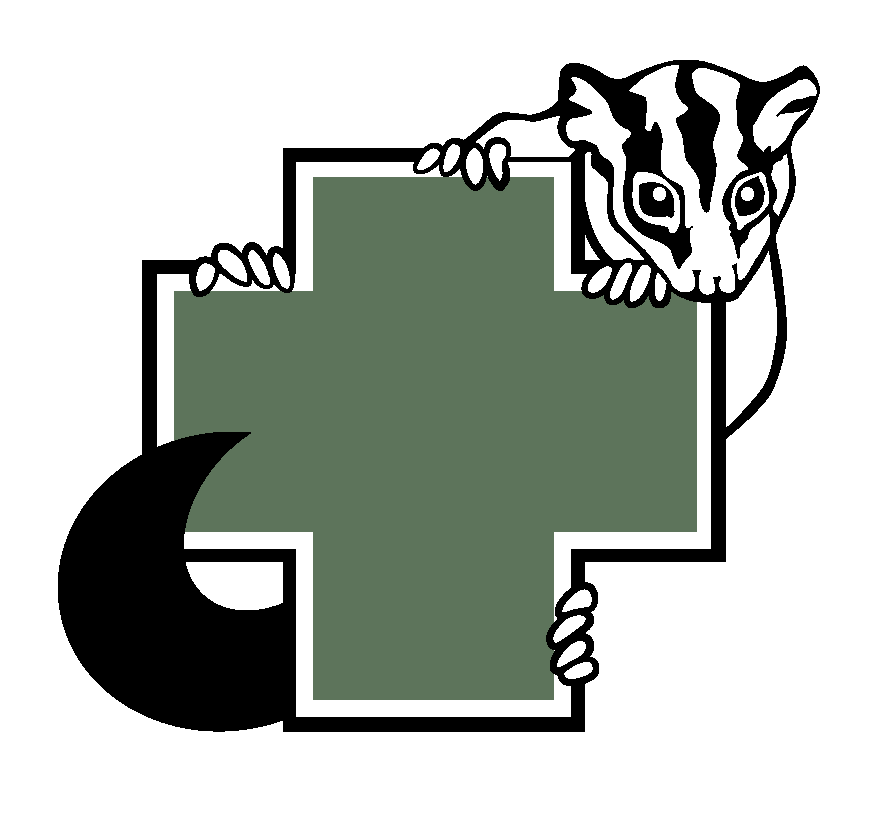OUR WORK
Orphaned Wombats
The Wild Ways Of Wombat Joeys
In the wild, wombat joeys stay with their mothers until they are around two years old. For the first seven to eight months, they remain safely in the pouch before beginning to emerge, nibbling on grass and strengthening their muscles. By nine to ten months they are fully out of the pouch but still dependent on their mother, following close at her feet during nighttime grazing. These “at-foot joeys” rely on mum for warmth, food and learning the skills they need to survive.


Joeys In Care
At Hunter Wildlife Rescue, our carers replicate these natural stages as closely as possible. Very young joeys without fur need constant warmth, so we use pouches, thermoregulated heat pads, humidicribs and incubators. As they grow, they move into cots, then playpens that give them space to explore dirt, roots, grass and play with a buddy. Larger “kindy pens” provide room for tunnels, logs and toys to encourage play and natural behaviours, while grazing walks build strength and foraging skills.
Raised By Hand But Born To Be Wild
Play may look like mischief and destruction, but it’s essential for coordination, muscle development and learning to be wild. Diet also changes as they grow, with milk adjusted alongside the introduction of dirt and roots to. provide micronutrients and develop healthy gut flora. Gradually, contact with humans is reduced as they learn nocturnal behaviours, digging, burrow use and independence. Finally, they move to outdoor enclosures and soft-release sites, where they transition back to the bush as wild wombats.
Importantly, orphaned joeys are always buddied with others their age. While wombats are solitary as adults, having a buddy in care provides comfort, play, reassurance and essential social learning on their journey to release.

Ways you can help
You can help save a life and make a real difference for wildlife across the Hunter region.
Frequently Asked Questions
Have questions about helping wombats? Learn what to do, how to help, and where to get support here.e



